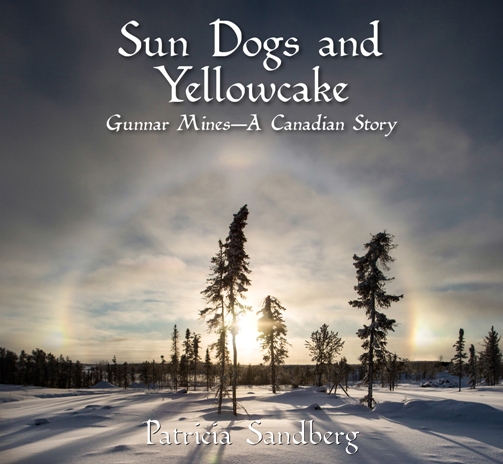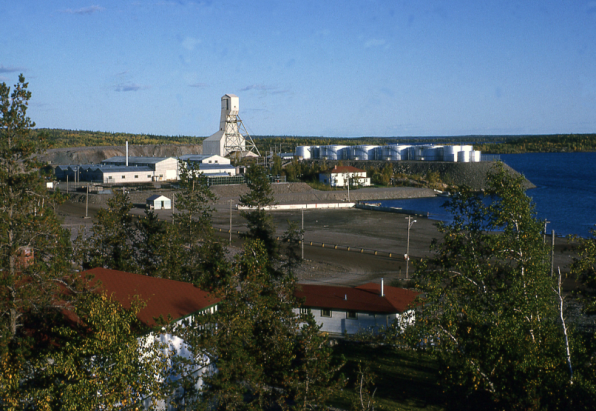https://www.theepochtimes.com/
Nuclear power generation provides about 11 percent of the world’s electricity from approximately 450 nuclear reactors. The United States is far and away the world’s largest producer of nuclear power, accounting for more than 30 percent of worldwide nuclear generation of electricity.
The United States has 99 nuclear reactors, which produced 805 billion kilowatt hours (kWh) in 2017, accounting for approximately 20 percent of our electricity needs and providing approximately 60 percent of our carbon-free electrical generation.
France is a distant number two in overall generation of nuclear power at approximately 384 billion kWh. However, France generates over 70 percent of its internal electricity needs from nuclear power. China is number three, generating a bit more 210 billion kWh. Russia is fourth with roughly 180 billion kWh.
























